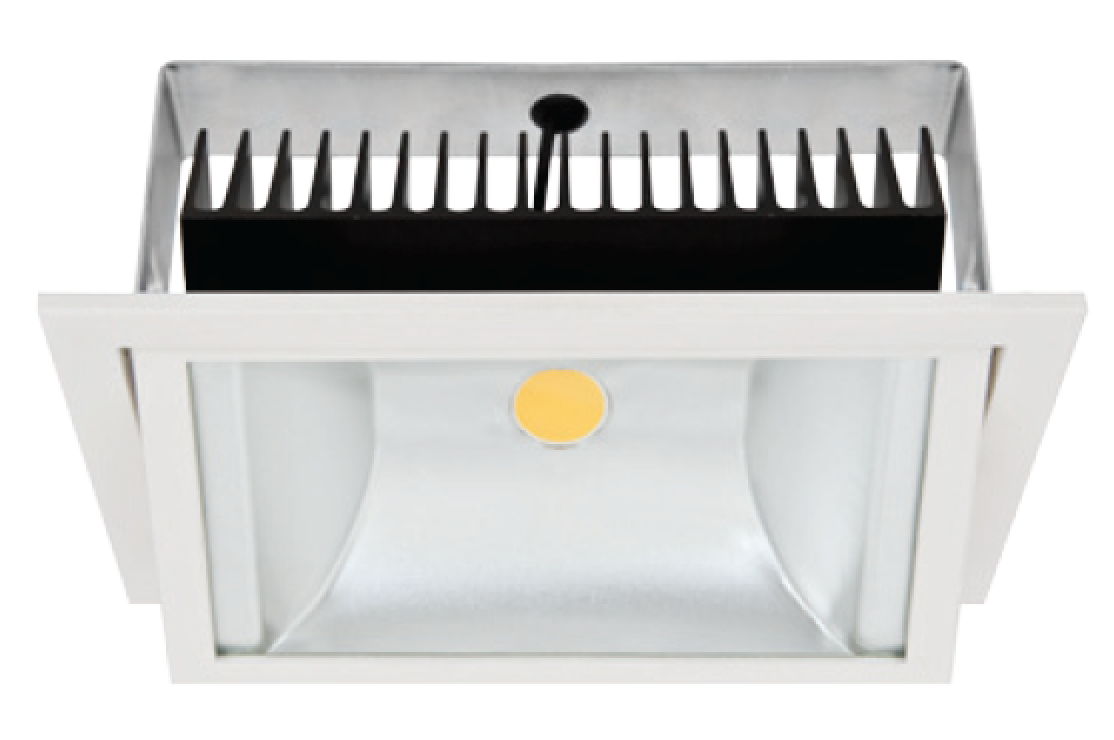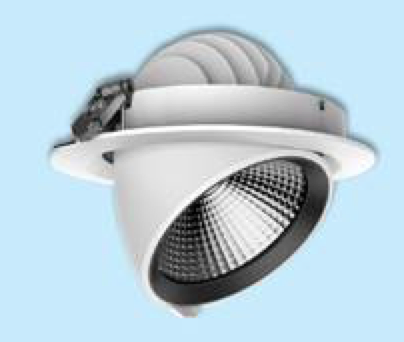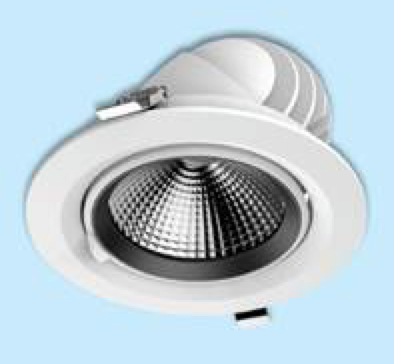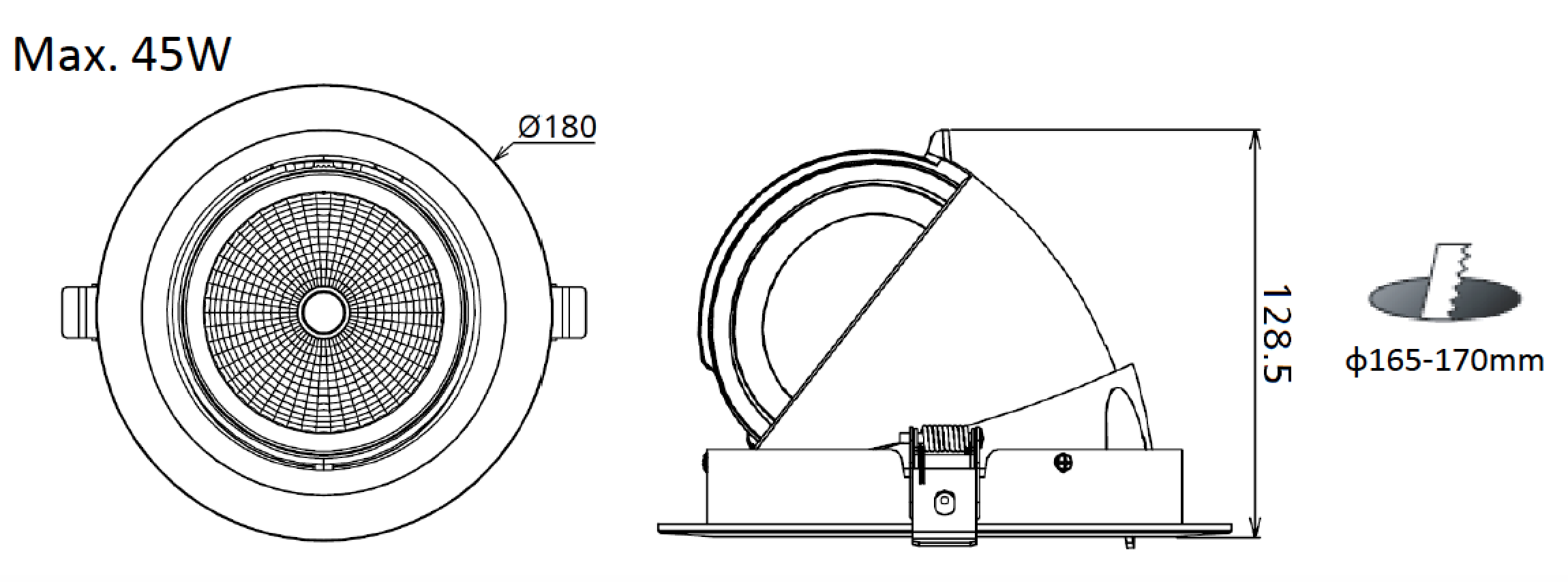Flora-Lite Plant Spectrum LED lights
- Optimal LED light for Photosynthesis in Plants
- Japanese lights made for and supplied by Evolvement Pty Ltd. +61 468 787 071, rgriffi8@gmail.com
- Meet your sustainability targets with efficient energy consumption
- Replacement for conventional inefficient HPS and MH lamps which are no longer available
- Plants Spectrum LED lights provide improved plant growth from HPS and MH lamps
- Powerful lights allows lights to function well at distance from plants
- Long life High reliability 50,000 hrs (L70)
- Suitable for indoor gardens, indoor vertical gardens, indoor horticultural crops
- Light spectrum also provides attractive light for building occupants including workers
- Available in Plant RB Type (only for plants) and Plant White Type which allow comfortable light for workers as well
Chlorophyll a and b absorb light wavelength from 400 to 510nm and 610 to 700nm respectively. Plant Spectrum LED series are very efficient since they have two spectrum peaks to cover only those two wavelengths ranges.
University tests show the growth of leaves picked randomly on 21st, 28th and 35th days. As you can see leaf area and dry weight were almost double with the Flora-Lite LED lights.
Various housings are available for vertical down-lights to ceiling mounted wall washers.
Plant Spectrum LED Lights are available from Evolvement Pty Ltd , call +61 468 787 071 , rgriffi8@gmail.com.
General information regarding plant lighting
Photosynthetically active radiation, often abbreviated PAR, designates the spectral range (wave band) of solar radiation from 400 to 700 nanometers that photosynthetic organisms are able to use in the process of photosynthesis. Chlorophyll, the most abundant plant pigment, is most efficient in capturing red and blue light. PAR measurement is used in agriculture, forestry and oceanography. One of the requirements for productive farmland is adequate PAR. In these contexts, the reason PAR is preferred over other lighting metrics such as luminous flux and illuminance is that these measures are based on human perception of brightness, which is strongly green biased and does not accurately describe the quantity of light usable for photosynthesis.
The Photosynthetically Active Radiation (PAR) measure of radiant power is important in evaluating the effect of light on plant growth. In 1972 it was shown by K. McCree (Agric. Meteorol., 10:443, 1972) that the photosynthetic response correlates better with the number of photons than with energy. This is expected because photosynthesis is a photochemical conversion where each molecule is activated by the absorption of one photon in the primary photochemical process.
PAR is defined in terms of photon (quantum) flux, specifically, the number of moles of photons in the radiant energy between 400 nm and 700 nm. One mole of photons is 6.0222 x 1023 photons (6.0222 x 1023 is Avagadro’s Number). The Photosynthetic Photon Flux Density (PPFD), i.e., the photon irradiance, is expressed in moles per square meter and per second (formerly, Einsteins per square meter and per second).






